This is the Minimum Steps You Should Walk Each Day, According to Study
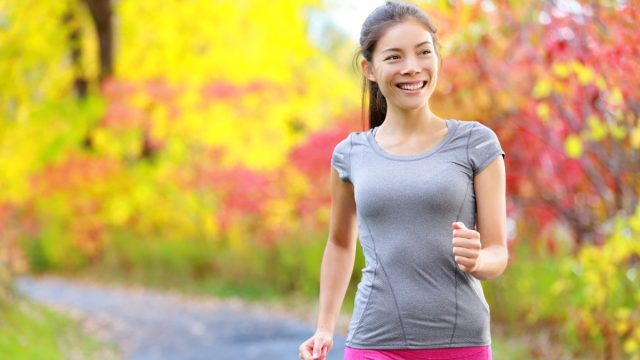
There has always been some debate about how many steps you should walk per day. Some people claim you should be walking at least 7,000, while others maintain the magic number is closer to 10,000. A recent study published in the British Journal of Sports Medicine (BMJ) hopes to restate the debate by determining how many steps people should walk per day if they are otherwise sedentary.
Walking 10,000 Steps a Day Can Help You Live Longer
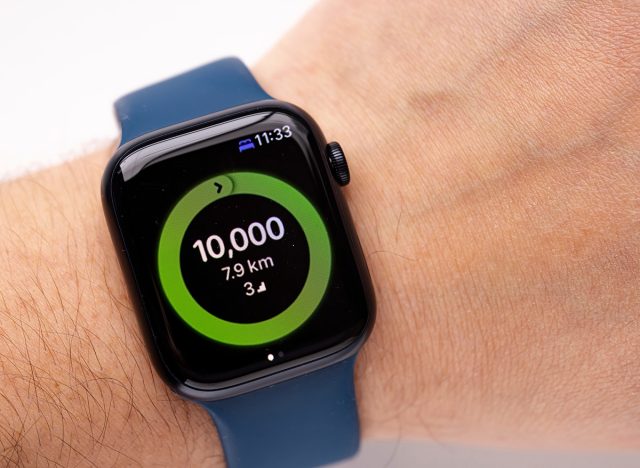
Researchers from the University of Sydney's Charles Perkins Centre found that increasing your step count up to 10,000 may counteract the health implications of spending too much time sedentary each day. This primarily impacts people who sit at a desk all day.
The More Steps You Walk, You Are Less Likely to Die
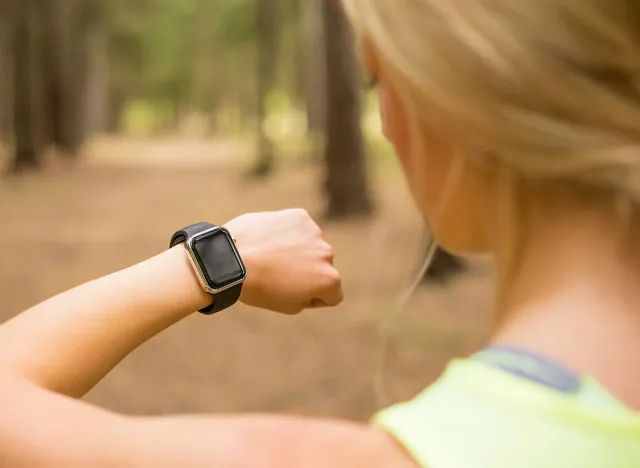
The study involved 72,000 people and found that no matter how much sedentary time someone spent every day, walking up to 10,000 steps a day reduced the risk of death by 39 percent and cardiovascular disease by 21 percent.
People "Can and Should Try to Offset the Health Consequences" of Sedentary Time

"This is by no means a get-out-of-jail card for people who are sedentary for excessive periods. However, it does hold an important public health message that all movement matters and that people can and should try to offset the health consequences of unavoidable sedentary time by upping their daily step count," Matthew Ahmadi, one of the study's lead authors, said.
It's Easy to Increase Step Count
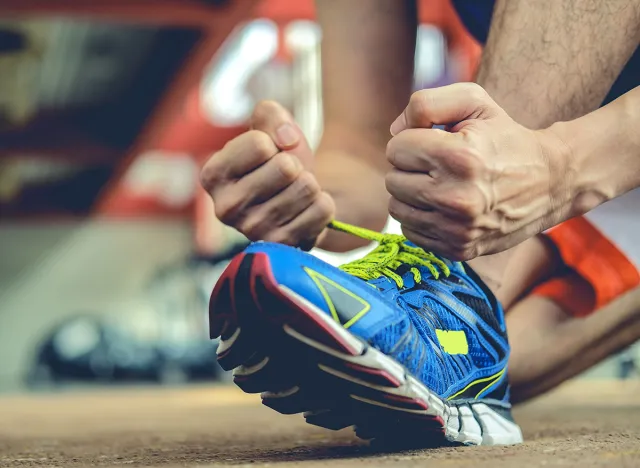
"Step count is a tangible and easily understood measure of physical activity that can help people in the community, and indeed health professionals, accurately monitor physical activity. We hope this evidence will inform the first generation of device-based physical activity and sedentary behavior guidelines, which should include key recommendations on daily stepping," Senior author Professor Emmanuel Stamatakis added.
Walking More Than 2,200 Steps a Day Increased Benefits

The group was divided up with the lowest amount of steps set at 2200. "Any amount of daily steps above the referent 2,200 steps/day was associated with lower mortality and incident CVD risk for low and high sedentary time. Accruing between 9000 and 10,000 steps a day optimally lowered the risk of mortality and incident CVD among highly sedentary participants," the study reads. 50 percent of the benefit was achieved at between 4,000 and 4,500 steps a day.
10,000 Steps Will Also Help You Lose Weight
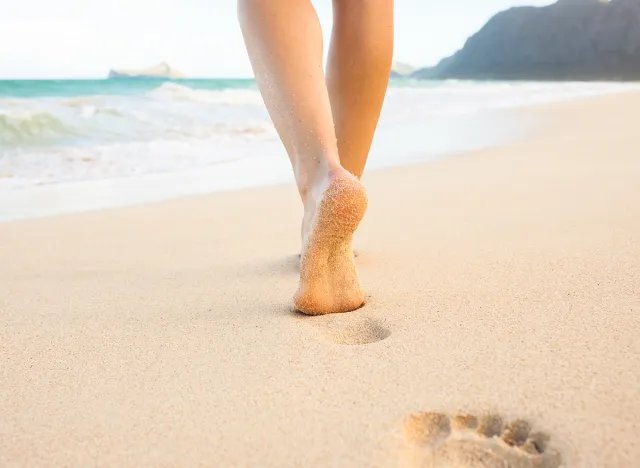
A 2018 study published in the journal Obesity suggests that 10,000 steps a day is a good goal for weight loss and weight management. The researchers found a link between walking 10,000 steps a day and weight loss and weight management.
Related: The 11 Supplements Everyone Should Prioritize, According to a Nutrition Expert
It Also Promotes Other Health Benefits

Other studies published by the Journal of American Medical Association (JAMA) in JAMA Neurology and JAMA Internal Medicine also linked walking 10,000 steps a day to less dementia and cardiovascular disease overall, with less frequent heart disease, heart failure, and strokes.
💪🔥Body Booster: Set a goal of 10,000 steps per day for one week, and afterward, ask yourself if you notice any changes in your body or health.




